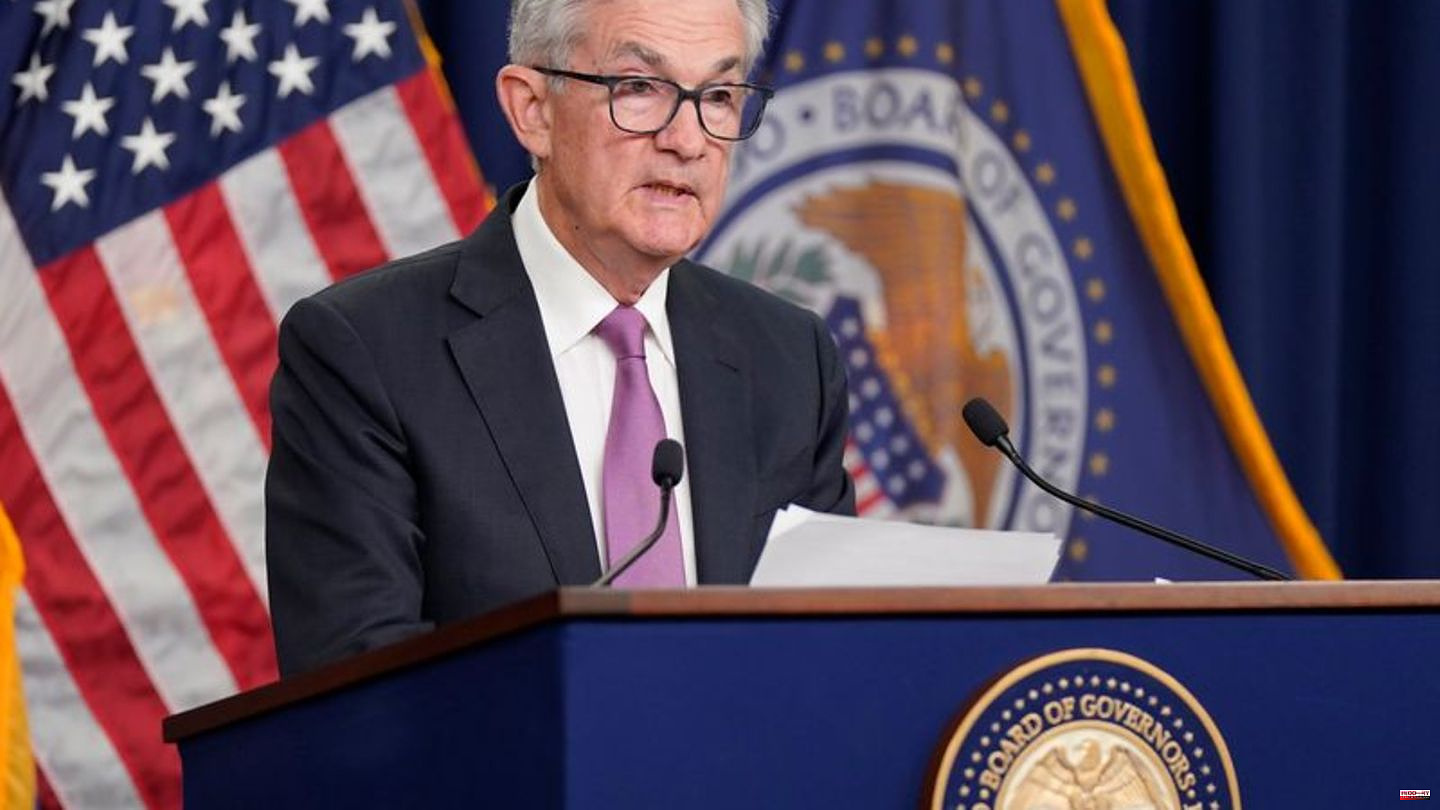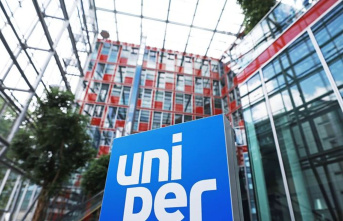The US Federal Reserve is continuing its energetic fight against high inflation and is once again tightening the interest rate screw: It is raising its key interest rate by 0.75 percentage points for the third time in a row, as the Federal Reserve (Fed) announced.
It is now in the range of 3 to 3.25 percent, the highest level in 14 years. With the strict monetary policy, there is a growing risk that the central bank will soon slow down the economy so much that the job market and the economy are stalled. "I wish there was a painless way," said Fed Chair Jerome Powell. "There isn't one."
Although the new step had been expected, it is still significant. Usually, the Fed prefers to raise interest rates in increments of 0.25 percentage points. The Fed had already raised interest rates by 0.75 percentage points in June and July. Based on recent data on persistently high inflation, some analysts had even speculated in the past few days that the Fed could surprise the markets with an increase of one percentage point. Powell made it clear that more large rate hikes are on the horizon. The forecasts of the central bank also show this.
In June, the decision-makers at the Fed were still expecting an average key interest rate of 3.4 percent at the end of the year. They are now assuming 4.4 percent this year and 4.6 percent next year. The Fed is also predicting significantly lower economic growth this year than assumed three months ago. The gross domestic product (GDP) of the world's largest economy is therefore only expected to grow by 0.2 percent. Fed Chairman Powell made it clear that he would accept a slowdown in growth in the fight against inflation.
The US Federal Reserve is also anticipating a slightly higher inflation rate than previously assumed for the current year. Recently, there has been great disappointment that the dynamics of the price increase in August slowed down less than expected. The annual inflation rate had weakened to 8.3 percent from 8.5 percent in the previous month. However, analysts had expected a stronger decline on average. All of this data puts a lot of pressure on the Fed.
Fed Chairman Powell is particularly concerned about the labor market. He is still not "in balance, since the demand for workers significantly exceeds the supply of available workers". The Fed forecasts a significant increase in the unemployment rate for the coming year - after the June forecast of 3.9 percent, an unemployment rate of 4.4 is now expected. "We're never going to say there are too many people working," Powell said. But the labor market is overheated. The key is to lower inflation.
Overall, this is the Fed's fifth rate hike this year. The US Federal Reserve is committed to the goals of price stability and full employment. Increases in the key interest rate by the central bank make loans more expensive and slow down demand. This helps to lower the inflation rate, but also weakens economic growth, since loans, for example, become more expensive. All this is not without risk - the labor market is also weakened. The Fed's goal is therefore to only raise interest rates far enough to prevent the economy from tipping over and falling into recession.
Whether the US has already slid into a recession is debatable. The US economy contracted again in the spring, data from late July shows. Since the economy had already contracted in the winter, the definition of a so-called technical recession has now been met. The US government downplayed the data and insisted that the situation on the job market was good. Economists had also emphasized that the numbers had to be treated with caution. "We don't know if this process will lead to a recession, and if so, how deep that recession would be," Powell said of the rate hikes.
Powell's aggressive interest rate policy is already being compared to that of legendary Fed chairman Paul Volcker. Volcker raised interest rates drastically in the 1970s and 1980s - at times to around 20 percent. At that time, too, the USA was struggling with enormous inflation. However, the result of the interest rate hikes was unemployment and a slump in economic growth. Powell is still a long way from such a high interest rate. However, the speed that he is now setting in the fight against inflation is exceptional.








